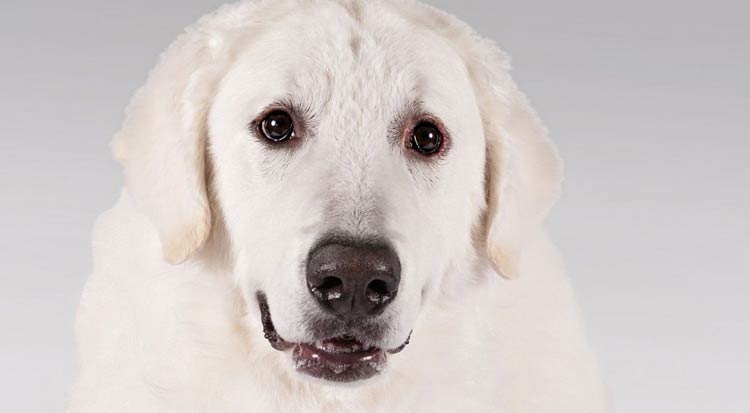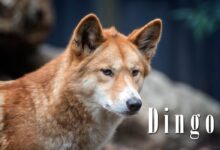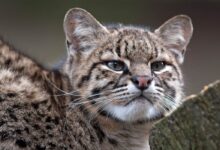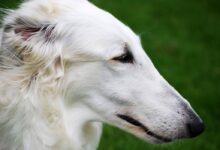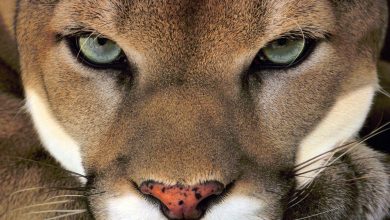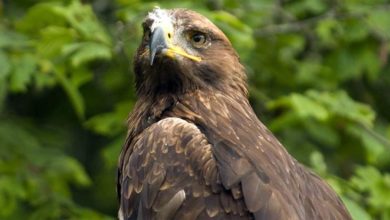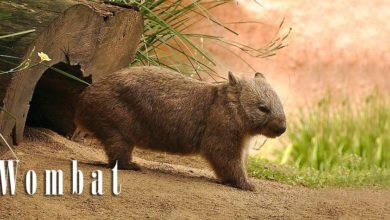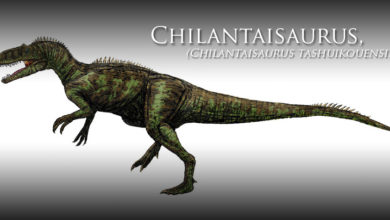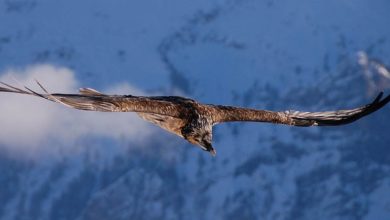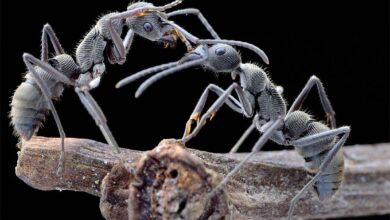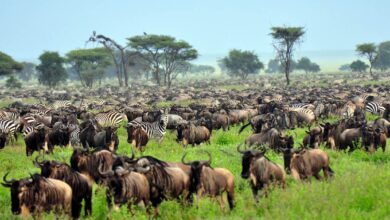Kuvasz – a gentle giant
The Kuvasz is an ancient Hungarian breed, originally used for guarding livestock and estates. Known for its majestic appearance, the Kuvasz stands out with its large frame and striking white coat, which has made it a symbol of nobility. The breed combines intelligence, loyalty, and bravery, making it an excellent guardian and devoted companion.
FCI Classification
- Group 1: Sheepdogs and Cattle Dogs (excluding Swiss Cattle Dogs)
- Section 1: Sheepdog, without working trial.
Basic Facts
- Size: Males typically stand 71-76 cm (28-30 inches) tall and weigh 48–62 kg (106–137 lb). Females are slightly smaller at 66-71 cm (26-28 inches), weighing 37–50 kg (82–110 lb).
- Coat: The Kuvasz has a thick, white or ivory double coat that is straight or slightly wavy. Regular brushing helps maintain it.
- Lifespan: 10-12 years.
- Personality: The Kuvasz is intelligent, loyal, and protective. Early socialization and training are essential.
- Health: Prone to hip and elbow dysplasia, bloat, and progressive retinal atrophy.
- Activity level: The Kuvasz needs regular exercise and mental stimulation.
- Training: The breed can be independent and requires consistent, positive reinforcement training.

Etymology
The name “Kuvasz” is thought to originate from the Turkish word “kawasz,” meaning “armed guard of nobility,” reflecting the breed’s historical role in protecting estates.
History of the breed
The Kuvasz likely originated in Central Asia and was brought to Hungary by the Magyar tribes in the 9th century. Initially bred to guard livestock, the Kuvasz later became popular among Hungarian royalty. During World War II, the breed nearly became extinct, but dedicated breeders helped to restore its population. Today, the Kuvasz continues to serve as a livestock guardian and family protector, gaining recognition from kennel clubs worldwide.

Characteristics
Appearance
The Kuvasz is a large, powerful dog with a muscular build, broad head, and long, straight muzzle. Its deep chest and strong legs provide agility and stamina. Males stand 71-76 cm (28-30 inches) tall and weigh 45-68 kg (100-150 pounds). Females are smaller, at 66-71 cm (26-28 inches) and 32-50 kg (70-110 pounds).
Behavior and Temperament
The Kuvasz is independent, intelligent, and loyal. Its strong protective instincts make it an excellent guard dog, though it may be wary of strangers. Early socialization helps prevent overprotective behavior. The breed is also known for its affectionate bond with its family, but it requires an experienced handler who can provide consistent leadership and training.
Despite its large size and independence, the Kuvasz thrives on human companionship and should not be left alone for long periods. Without sufficient exercise or mental stimulation, the breed can become bored and destructive.
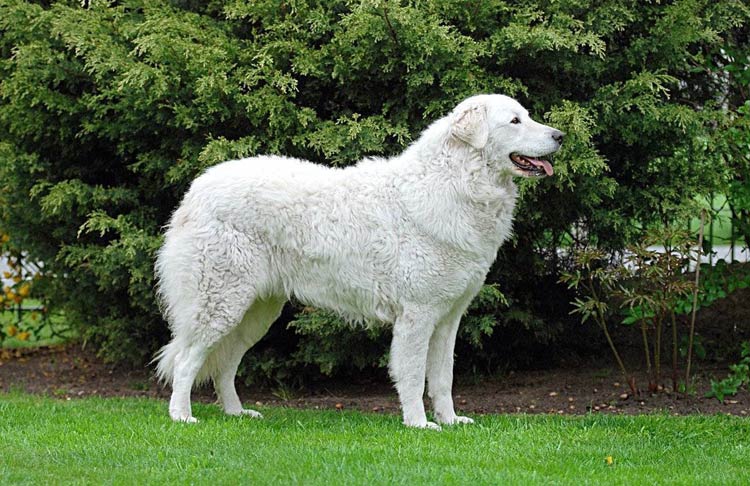
Training Recommendations
Training a Kuvasz requires patience, consistency, and a firm but gentle approach. Positive reinforcement, such as treats and praise, works best, as the breed is sensitive to harsh training methods. Early socialization is critical, especially in exposing the dog to various people, animals, and environments.
Health
The Kuvasz is generally healthy, but it is susceptible to specific conditions, such as:
- Hip dysplasia: A genetic condition where the hip joint develops abnormally, leading to arthritis.
- Elbow dysplasia: Similar to hip dysplasia but affecting the elbows.
- Bloat (gastric torsion): A life-threatening condition common in large breeds where the stomach twists, cutting off blood flow.
- Progressive retinal atrophy (PRA): A degenerative eye disease that leads to blindness.
- Hypothyroidism: A disorder of the thyroid gland causing weight gain and lethargy.
Responsible breeders screen for these issues. Regular veterinary care, proper diet, and exercise are essential to maintaining the Kuvasz’s health.
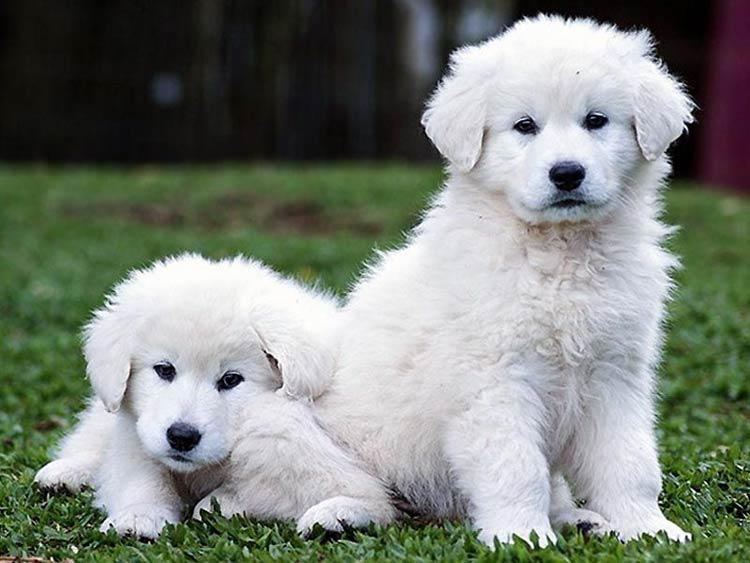
Diet
The Kuvasz needs a high-quality diet tailored to large-breed dogs, rich in protein, healthy fats, and essential nutrients. Overfeeding should be avoided, as the breed can be prone to obesity. Fresh fruits and vegetables can be added to the diet in moderation. Always provide clean, fresh water, especially after exercise.
Reproduction
Breeding should only be done by responsible breeders who screen for genetic health issues. The gestation period lasts around 63 days, and litters typically contain six to eight puppies. Spaying or neutering is recommended if the dog is not intended for breeding, as it can reduce the risk of certain cancers.

Interactions with Humans
Kuvasz forms a strong bond with its family and is protective of them. With proper training, it can be a gentle and loving companion, though caution is advised around young children due to the dog’s size and protective instincts. Socialization from a young age is crucial to ensure the Kuvasz is well-adjusted to different environments and people.
Population
The Kuvasz is a relatively rare breed, with its population concentrated in Hungary, where it is considered a national treasure. In the U.S., the breed is ranked as one of the least common by the American Kennel Club.
Cultural Significance
The Kuvasz is a national symbol in Hungary, often appearing in folklore and on postage stamps. Its loyalty and bravery have cemented its place in Hungarian culture as a treasured breed.

Detailed data / dimensions (size)
Kuvasz
- Height at the withers:
- Males: 71-76 cm (28-30 inches)
- Females: 66-71 cm (26-28 inches)
- Weight:
- males: 48–62 kg (106–137 lb)
- females: 32-50 kg (70-110 pounds).
- Lifespan: 10-12 years
- Number of puppies: 6-8
- Max speed: Kuvasz is not a breed known for its speed. While it is an active and athletic breed, its main strength lies in its endurance and stamina rather than its speed. However, individual dogs may vary in their physical abilities and may be able to run at speeds of up to 40 km/h (25 mph) for short distances.
While rare, the Kuvasz remains a highly respected breed, known for its loyalty, intelligence, and protective nature. For experienced owners who can provide the necessary training and care, the Kuvasz is an outstanding companion and guardian.

Interesting facts about Kuvasz
- The name “Kuvasz” likely originates from the Turkish word “kawasz”, meaning “armed guard” or “protector of nobility.”
- Bred primarily to guard livestock from predators, the Kuvasz has served as a working dog for centuries.
- Known for its intelligence, the Kuvasz excels in independent thinking and problem-solving, making it a highly capable guardian.
- Despite its size and protective instincts, the Kuvasz is a gentle and affectionate companion with its human family.
- One of Hungary’s oldest dog breeds, the Kuvasz has been an integral part of Hungarian history and culture for centuries.
- Besides guarding livestock, the Kuvasz has also been employed in hunting and as a military and police dog due to its loyalty and courage.
- The Kuvasz’s dense, double-layered white coat is well-suited to harsh climates, offering protection from cold and wet conditions.
- With a strong prey drive, the Kuvasz may not be ideal for households with small animals or young children.
- Although its grooming needs are moderate, the Kuvasz requires regular exercise, socialization, and mental stimulation to stay healthy and well-behaved.
- The Kuvasz is a rare breed, numbering in the few thousands globally, and is considered a national treasure in Hungary.
